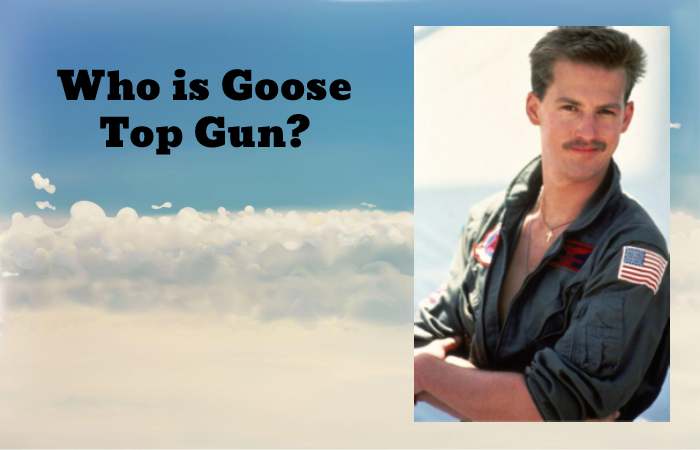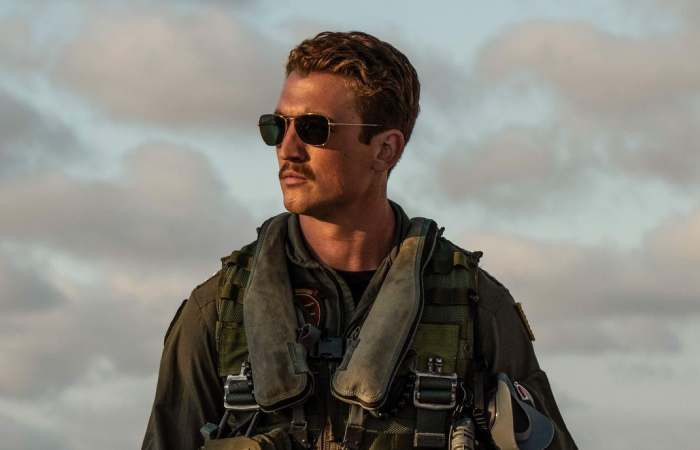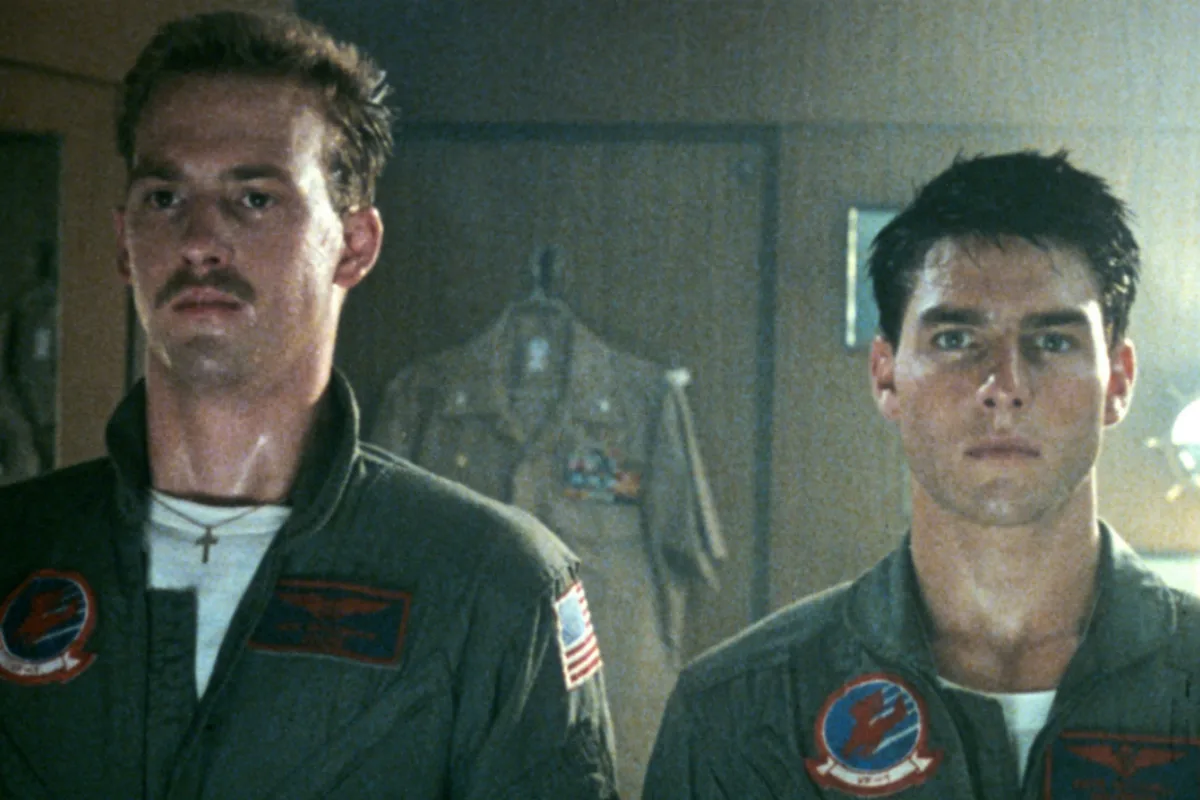Table of Contents
Introduction
Goose Top Gun – In the high-flying world of military aviation, one name stands out as an emblem of bravery, skill, and the indomitable spirit of a pilot—Goose from “Top Gun.” Portrayed by actor Anthony Edwards in the iconic 1986 film, Goose, whose real name is Nick Bradshaw, was the trusted radar intercept officer (RIO) and wingman of the film’s protagonist, Pete “Maverick” Mitchell, played by Tom Cruise.
What made Goose a memorable character was his warm-hearted personality, camaraderie with Maverick, and exceptional flying abilities. As a RIO, he operated the advanced radar and weapons systems of their F-14 Tomcat fighter jet, contributing significantly to the team’s success in aerial combat.
Goose’s tragic death in the film became pivotal, symbolizing the risks and sacrifices of being a fighter pilot. His character remains a testament to the courage and dedication of those who soar through the skies, defending their nations, and the enduring legacy of “Top Gun” as a cinematic masterpiece. In this article, we will delve extra profoundly into Goose’s character, his role in “Top Gun,” and the enduring impact he has had on aviation enthusiasts and fans of the film.
Who is Goose Top Gun?
“Goose” is a fictional character from the iconic 1986 film “Top Gun.” Actor Anthony Edwards portrays him. In the movie, Goose’s real name is Nick Bradshaw, and he serves as the radar intercept officer (RIO) and the loyal wingman to the film’s main character, Pete “Maverick” Mitchell, played by Tom Cruise. Goose is known for his friendly and cheerful personality, countering Maverick’s daring and often reckless behavior. He operates the radar and weapons systems of their F-14 Tomcat fighter jet, making him an essential part of the team during aerial combat training and missions. Goose’s character becomes tragically pivotal in the film, highlighting the dangers of military aviation.

What was Goose’s Cause of Death?
Goose’s cause of death in the movie “Top Gun” was a tragic and fatal accident during a training exercise. In one of the film’s most dramatic and emotional scenes, Goose, portrayed by Anthony Edwards, loses his life when the F-14 Tomcat fighter jet he is flying in with his pilot and best friend, Pete “Maverick” Mitchell (played by Tom Cruise), encounters a critical situation.
During a high-speed maneuver known as an “inverted flat spin,” the aircraft experiences an unrecoverable stall and spin. Goose cannot safely eject from the plane due to the canopy fracturing, and as a result, he hits the aircraft’s canopy rail during the ejection attempt. The impact of the ejection causes his neck to break, leading to his tragic and untimely death.
This pivotal moment in the film serves as a turning point, highlighting the risks and inherent dangers of military aviation, and it profoundly affects Maverick, driving much of the movie’s emotional narrative.
What Does Maverick Say to Goose?
In the movie “Top Gun,” during the fateful scene in which Goose (played by Anthony Edwards) tragically loses his life in a training accident, the dialogue between Goose and Maverick (played by Tom Cruise) is heart-wrenching and emotional. As the aircraft goes into an unrecoverable flat spin, Goose cannot eject safely, and Maverick desperately tries to help him.
Maverick shouts to Goose: “Eject, eject, eject!” in a desperate attempt to save his friend. However, it’s clear that the situation is dire, and despite their best efforts, Goose’s ejection seat malfunctions, leading to the tragic outcome.
This heartbreaking moment is a pivotal scene in the film, as it marks Goose’s untimely death and serves as a turning point in Maverick’s character arc, shaping his actions and decisions throughout the remainder of the movie. The emotional impact of this scene is a significant aspect of “Top Gun’s” storytelling.

Is Goose’s Death Realistic?
The depiction of Goose’s death in “Top Gun” contains elements of realism, but it also includes some dramatic liberties for storytelling. Sadly, accidents and mishaps in military aviation, including fatalities, occur. The film’s portrayal of an unrecoverable flat spin leading to Goose’s death illustrates an actual and potential risk in high-performance aircraft. However, the specifics of the accident, such as the ejection seat malfunction, were dramatized for cinematic impact. While “Top Gun” aimed for authenticity in its aerial sequences, it must be understood that the film prioritized storytelling and dramatic tension over strict adherence to real-world aviation procedures. Goose’s death is a dramatic and emotional catalyst in the movie, emphasizing the dangers of military flying.
Conclusion
In conclusion, Goose from “Top Gun” is remember as a brave, skilled pilot and a beloved character in the iconic 1986 film. Portrayed by Anthony Edwards, Goose’s unwavering loyalty, friendly demeanor, and exceptional flying abilities left an indelible mark on the hearts of audiences. His tragic death during a training accident was a powerful reminder of the risks related to military aviation. Goose’s character remains a testament to the camaraderie and sacrifice that can be found among those who serve together in the skies. His legacy endures as a character in a classic movie and a symbol of courage and friendship within the world of aviation and popular culture.

